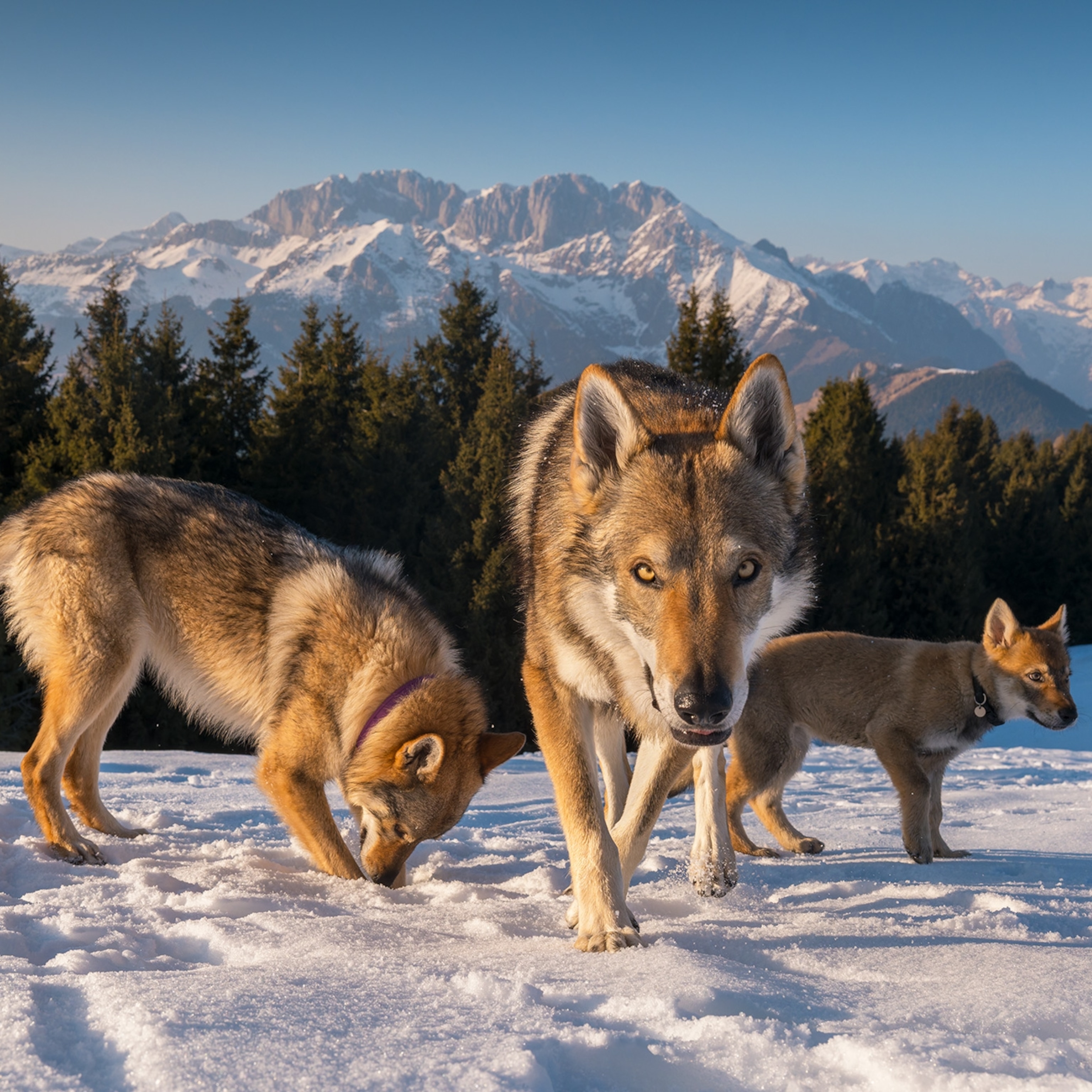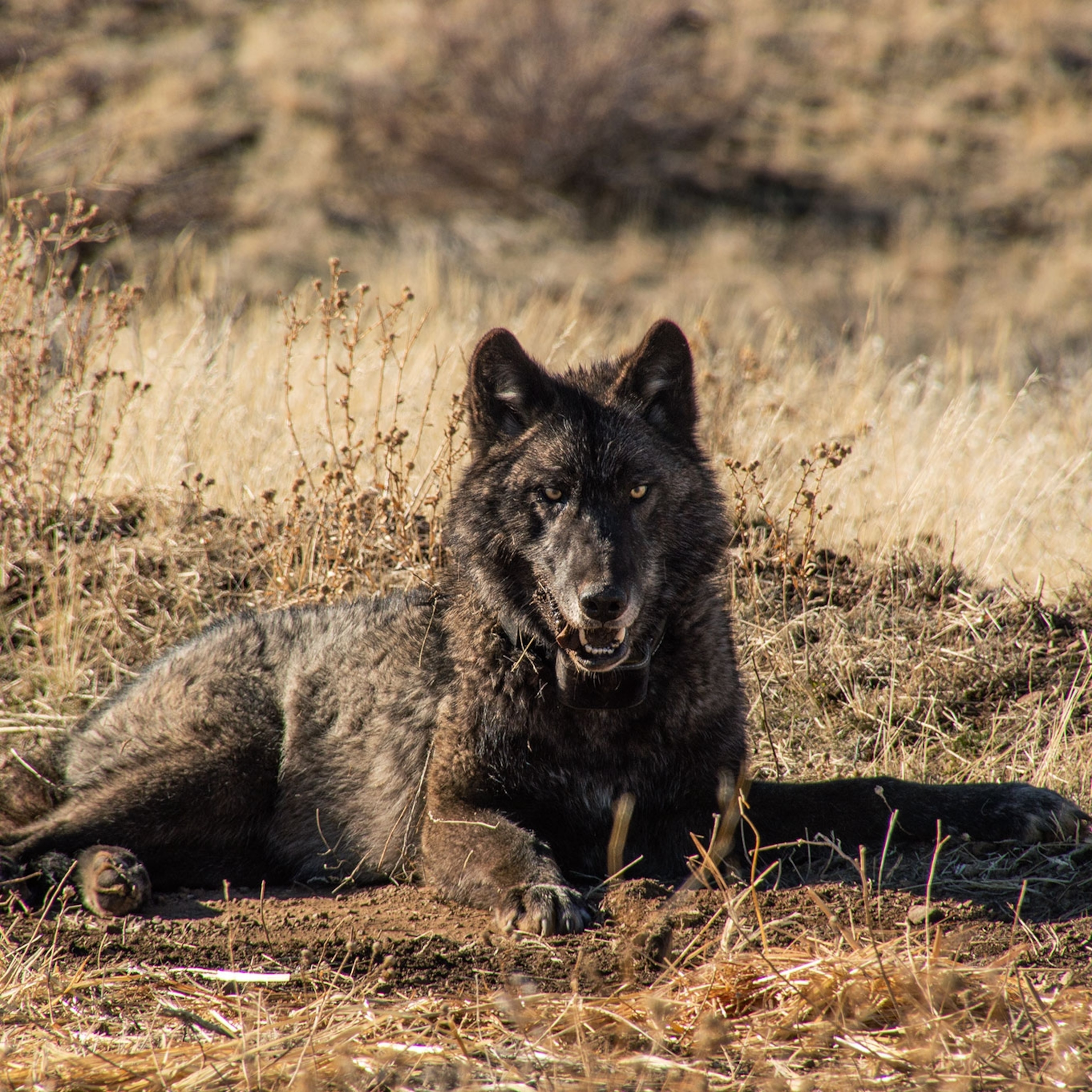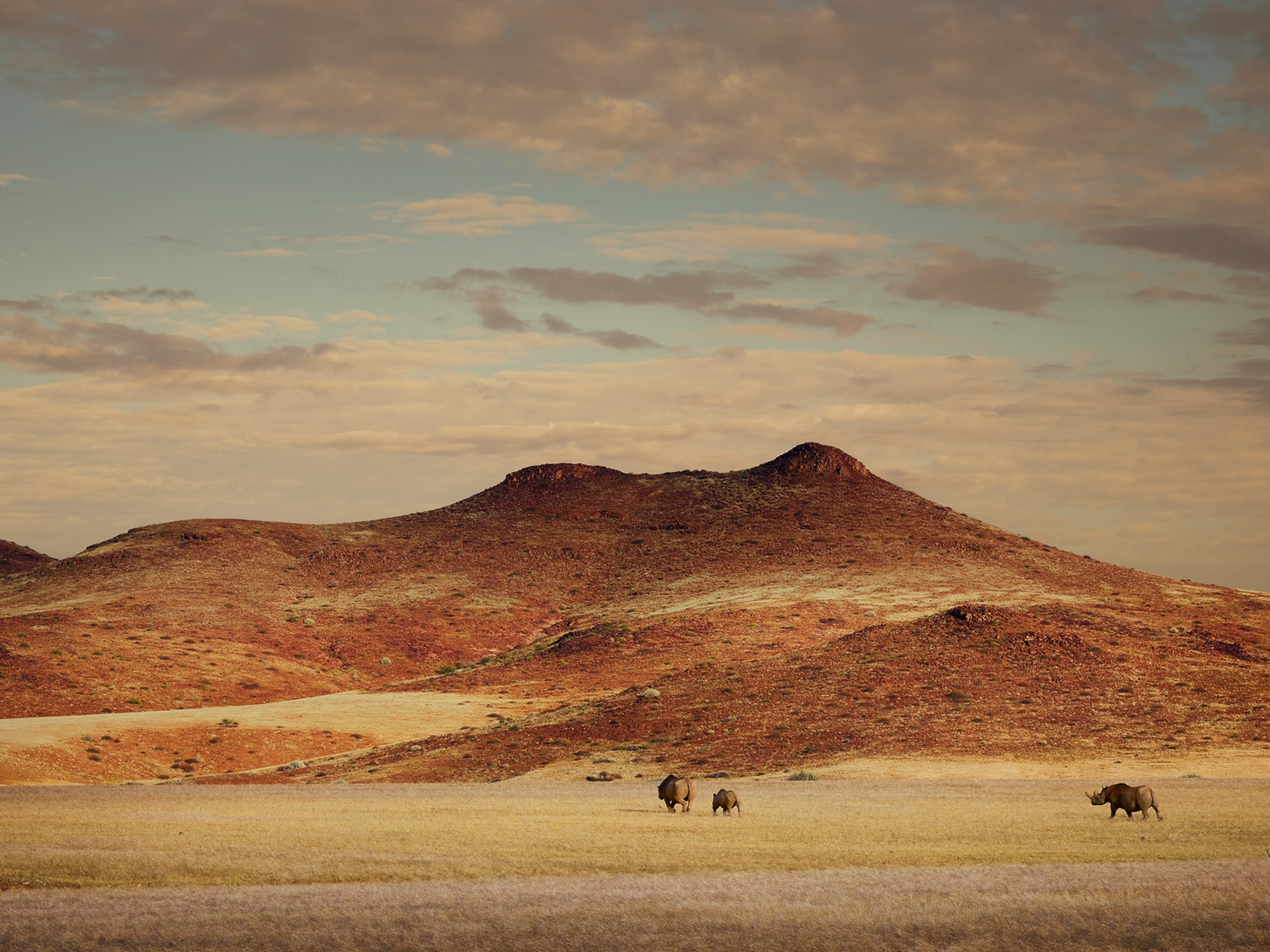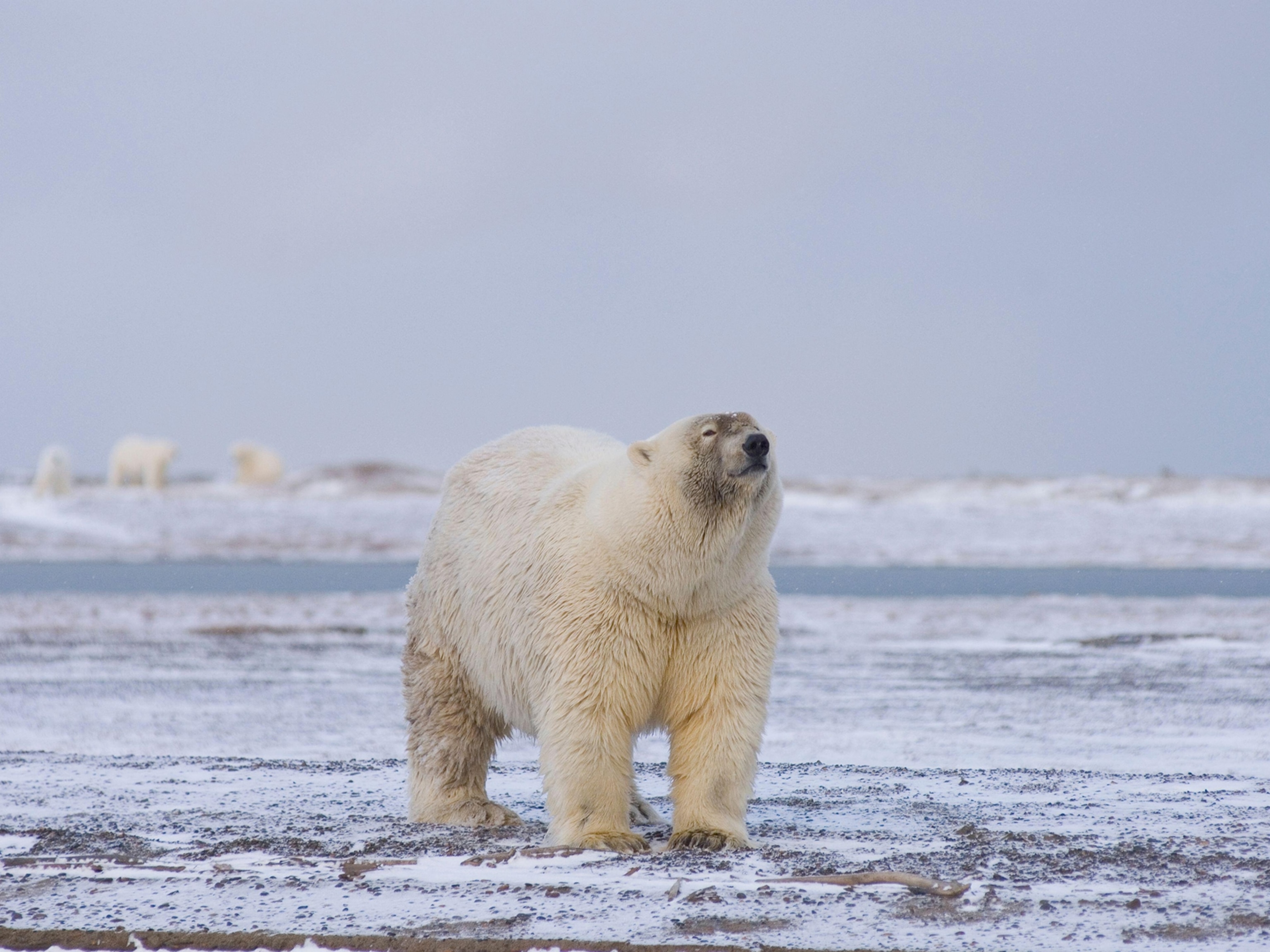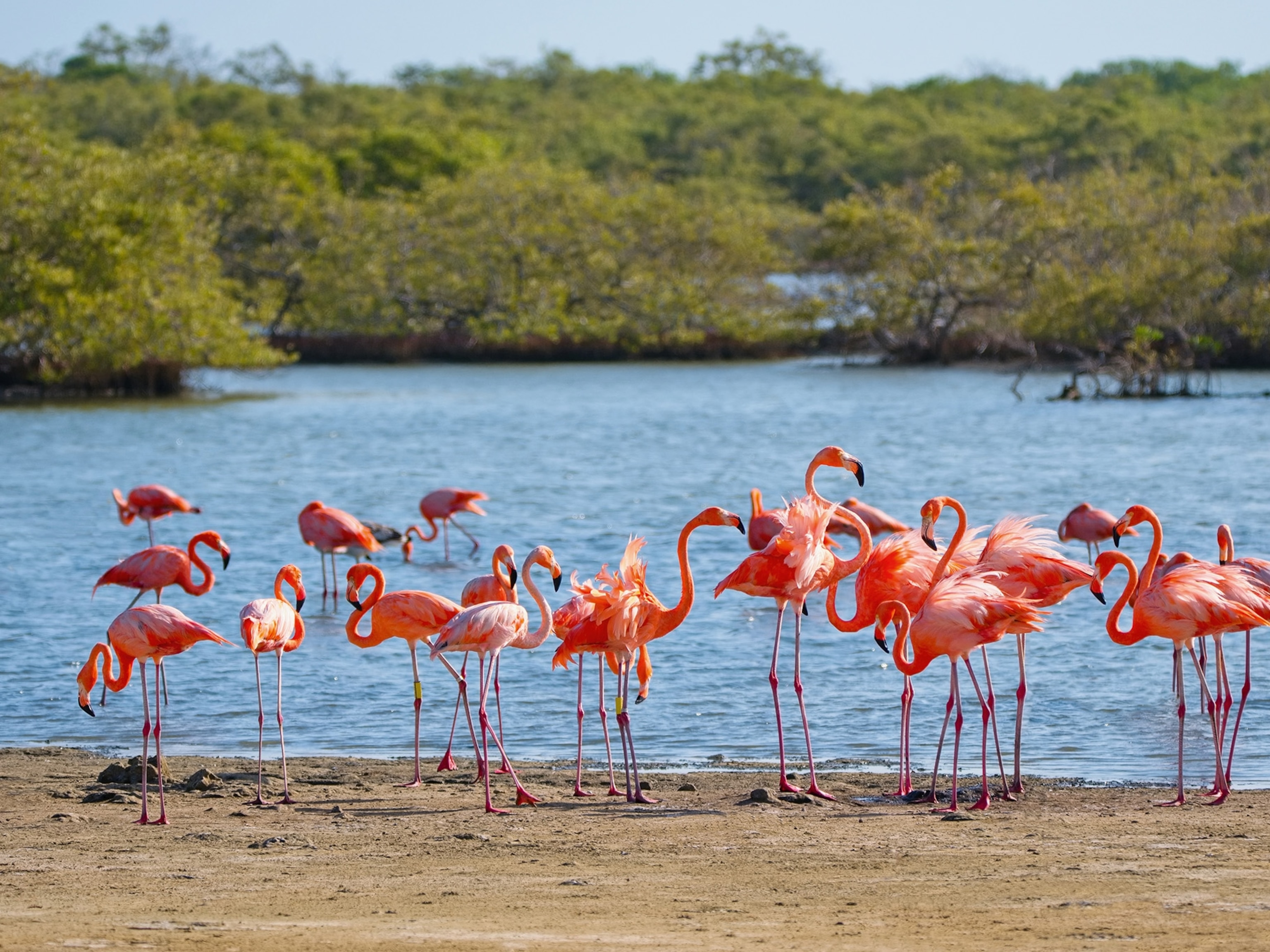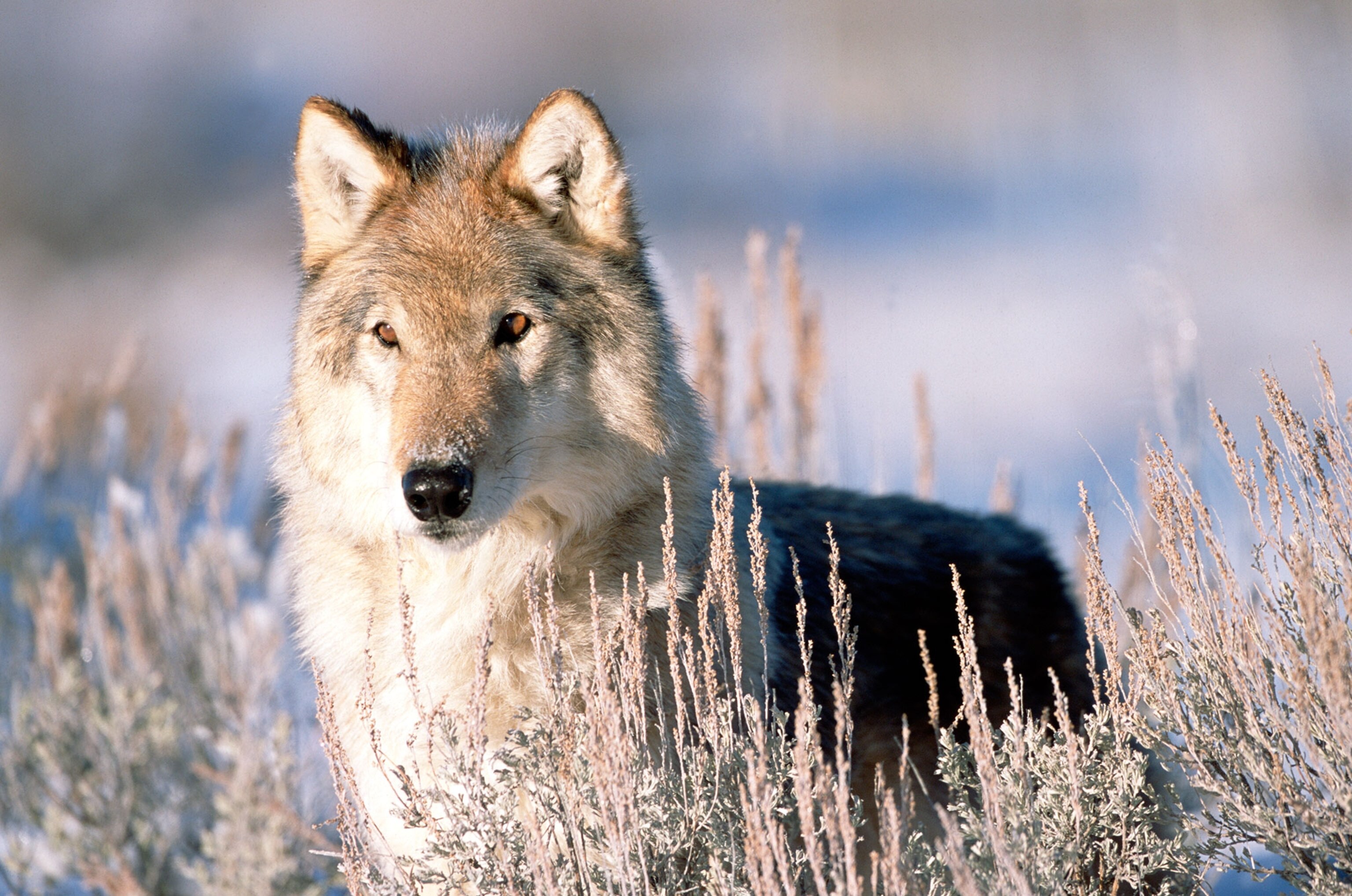
Why These Rare Species Are Targeted by the GOP
The greater sage-grouse, lesser prairie-chicken, and gray wolf are all featured in the party's new platform, being discussed at the convention in Ohio.
While fights over convention rules and the authenticity of Melania Trump’s speech have dominated the headlines, this week's Republic National Convention is also the party’s time to debate and approve a new platform. And this year, among discussion of immigration, terrorism, and the economy is a section on the environment and endangered species.
The GOP's platform calls out three species in particular: the sage-grouse, lesser prairie-chicken, and the gray wolf, saying:
"There is certainly a need to protect certain species threatened worldwide with extinction. However, the Endangered Species Act (ESA) should not include species such as gray wolves and other species if these species exist elsewhere in healthy numbers in another state or country."
The main objection to species conservation is that it might cost money in the short term and limit property rights. "To upset the economic viability of an area with an unneeded designation costs jobs and hurts local communities," the statement says. (Check out our voter guide on climate and energy.)
The platform adds, "over the last few decades, the ESA has stunted economic development, halted the construction of projects, burdened landowners, and has been used to pursue policy goals inconsistent with the ESA—all with little to no success in the actual recovery of species."
But there are over 2,200 species listed by the ESA. The three singled out in the GOP platform embody the conservative arguments against protections.
Greater Sage-Grouse
Neither the greater sage-grouse (Centrocercus urophasianus) or the lesser prairie-chicken "has been shown to be in actual danger and the listings threaten to devastate farmers, ranchers, and oil and gas production," the GOP writes.
The greater sage-grouse—a two-foot-tall bird—once numbered in the millions and lived across 11 western states and two Canadian provinces. Yet its range has declined by half due to development, oil and gas exploration, fires, and invasive species. Between 2007 and 2013 the birds' numbers dropped by half, to fewer than 50,000 males (which are known for their elaborate mating dances of strutting and chest-puffing).
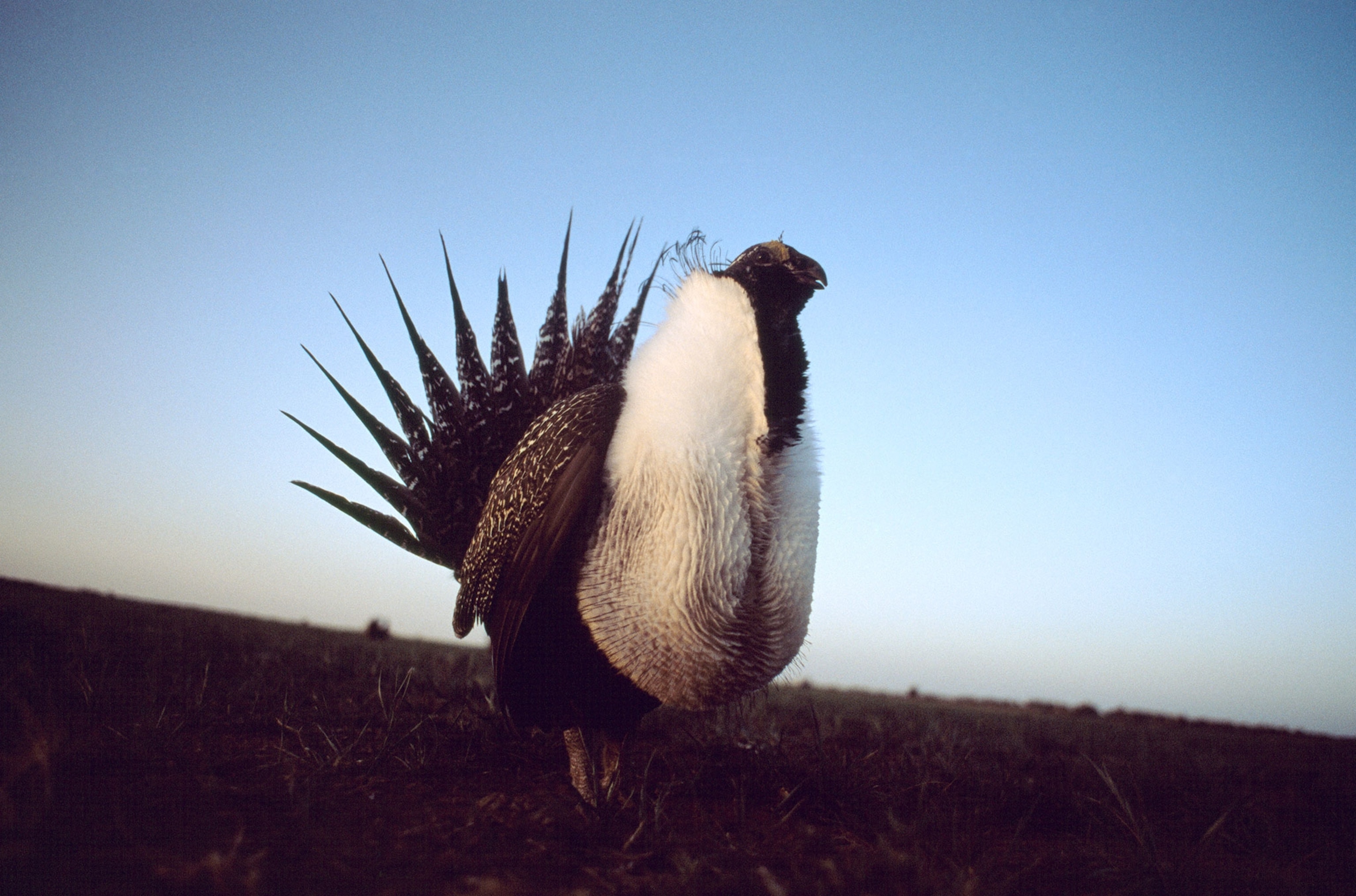
Debate over protecting the sage-grouse has raged for years and came to a head last September, when the U.S. federal government decided not to list the charismatic bird as endangered.
Perhaps surprisingly, that move was actually hailed by a number of mainstream conservationists, including the National Audubon Society, who had been working with western states and private landowners to secure habitat protection for the bird without having to go through a formal ESA listing.
In response, U.S. Secretary of the Interior Sally Jewell called those agreements "the largest land conservation effort in U.S history."
In applauding what he considers effective conservation of the sage-grouse despite the federal ruling, Collin O’Mara, president and CEO of the National Wildlife Federation, said, "This decision illustrates what the Endangered Species Act is supposed to be all about: galvanizing collaborative efforts to save wildlife species before they’re on the brink of extinction."
Lesser Prairie-Chicken
The lesser prairie-chicken (Tympanuchus pallidicinctus) is another Western species that has lost habitat to agriculture and oil and gas development. Therefore, it has also been in the sights of those who don't want the federal government telling them what they can and can't do with their lands. But this time, things haven't worked out as well for conservationists.
Related to sage-grouse but smaller, the lesser prairie-chicken prefers arid, short-grass territory in the southern Great Plains. Formerly common, the bird was listed as threatened in the past few years.
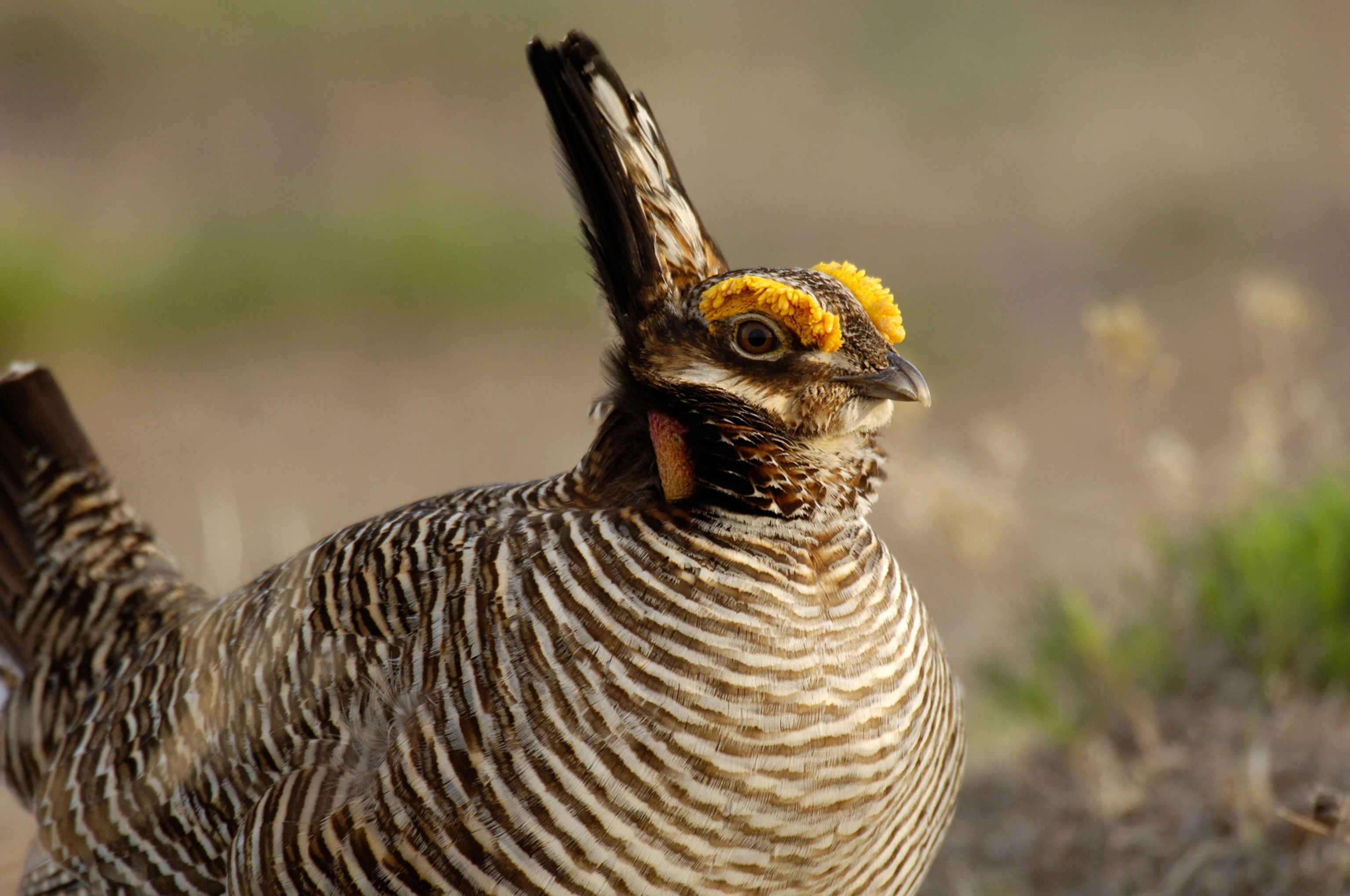
But this year, the U.S. Fish and Wildlife Service removed the bird from its list of threatened species, in response to a court ruling. The petroleum industry and some counties in New Mexico had sued to overturn the listing.
The Fish and Wildlife Service has not appealed that ruling in order to re-list the bird, but the agency says that doesn't reflect any "biological determination on whether or not the lesser prairie-chicken warrants federal protection."
Unhappy with the ruling, Karyn Stockdale, a senior advisor for the National Audubon Society, said, “It’s just one more cut into the (agency’s) authority and the efficacy of the ESA.”
Gray Wolf
Among the most controversial species in North America, the gray wolf has been persecuted by people for centuries, often through state-sponsored elimination campaigns. Farmers and ranchers have hated and feared Canis lupus for its predatory nature, even though attacks on people are exceedingly rare and the species also plays a critical role in healthy ecosystems.
Nearly eliminated from most of the Lower 48, the wolf has been clawing its way back in recent years, spurred by successful (yet controversial) reintroduction campaigns (most famously in Yellowstone).
Even though the wolf remains listed as endangered in most states, pressure has been mounting to further delist it, paving the way for more legal hunting. Already, limited hunting is allowed in some states, particularly in Idaho and Montana, where it is no longer officially endangered.
The theory of allowing more legal hunting was tested in 2005, when Wisconsin asked for permission to hunt 43 of the predators. The state said limited legal hunting would help curtail illegal retaliatory killings by ranchers, but after a lawsuit the courts eventually blocked the experiment.
The status of the gray wolf remains a hot-button issue, bouncing in and out of court. Some wildlife biologists say delisting is likely to be inevitable as the species continues to recover (the same argument is typically made with grizzly bears, although the issue becomes even more controversial with rarer sub-species of wolves like the Mexican and Red.)
But much of the public is uncomfortable with the idea of killing iconic species just as soon as they make a recovery, particularly given the strength of the animal rights movement. At the other end of the spectrum, hunting remains a passion for many, and is often connected to powerful gun and land rights movements—factors that played out during the armed occupation of a wildlife refuge in Oregon early this year.

